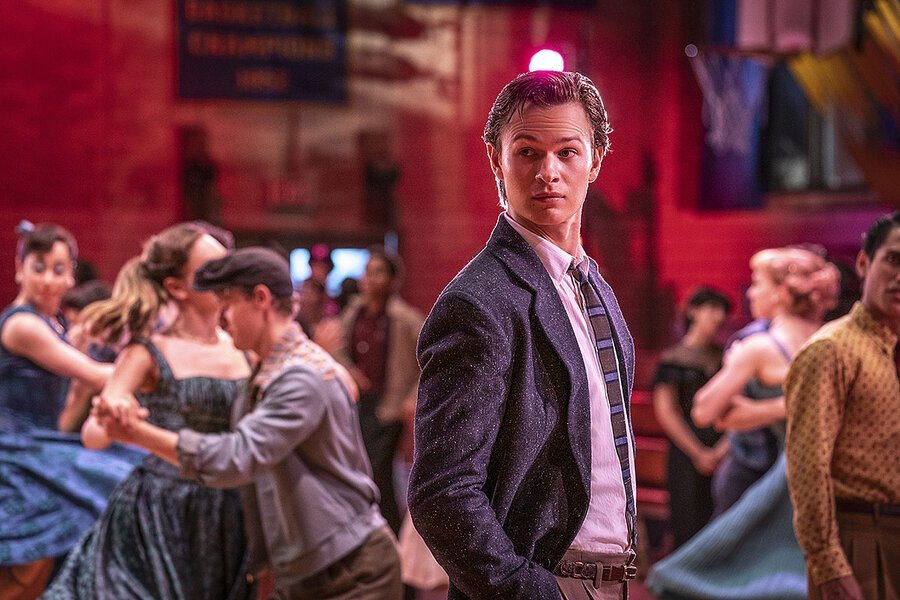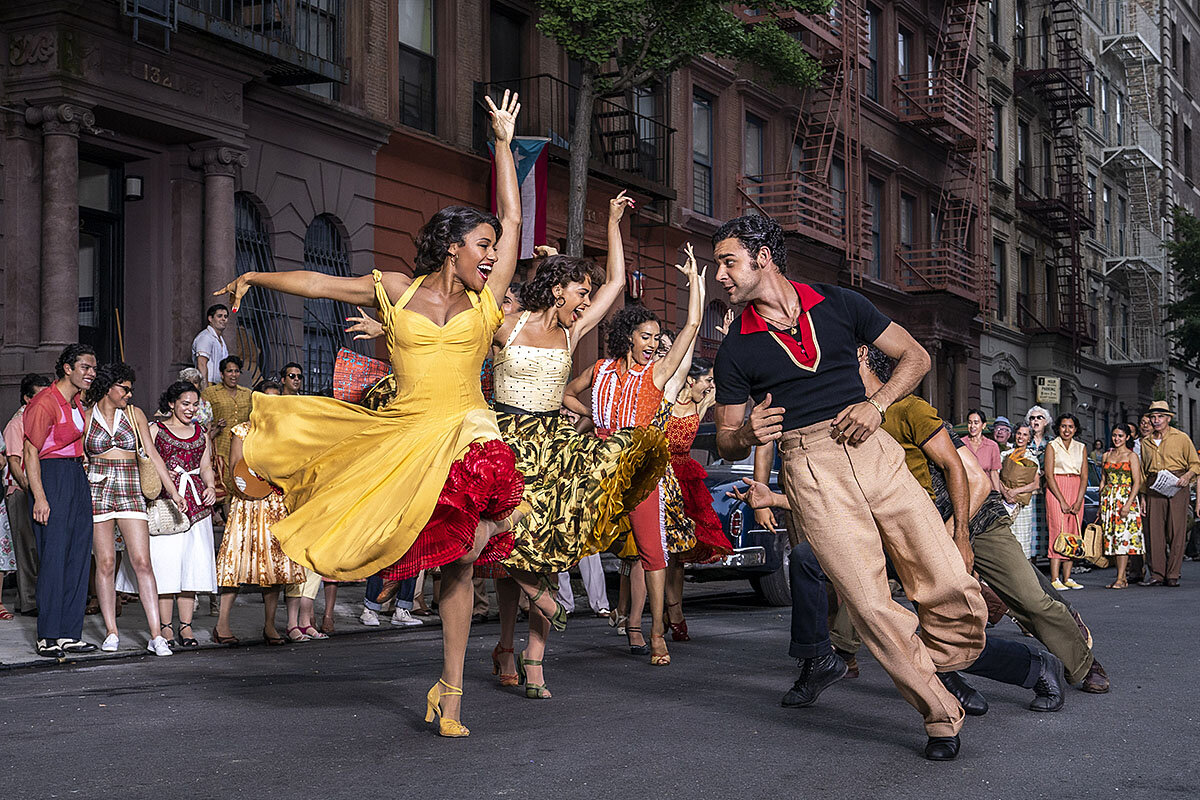Spielberg’s ‘West Side Story’: A remake that’s a rethink, too
Loading...
When Steven Spielberg announced he was going to remake “West Side Story,” the reaction from many people was “Why?”
An equally valid comeback might be “Why not?” I’ve always held the original 1961 film in less than the highest regard, despite the 10-time Oscar winner’s iconic reputation. The Leonard Bernstein score, with lyrics by Stephen Sondheim, is great; Jerome Robbins’ choreography is turbocharged; and Rita Moreno (the only Hispanic actor in a major role) is wondrous. But the two doomed Romeo and Juliet lovebirds, Tony and Maria, played by Richard Beymer and Natalie Wood, were way too twinkly-treacly. (Wood’s singing was disconcertingly dubbed by Marni Nixon, who also dubbed Audrey Hepburn in “My Fair Lady.” Maria, meet Eliza.)
Spielberg’s redo – highlighting a time in the 1950s when “urban renewal” was turning low-income communities in New York City into demolition zones – is an uneven but honorable try. Tony Kushner’s script punches up and alters portions of the original book by Arthur Laurents, mostly to positive effect. More pronounced attention is paid to issues of race, immigration, gender, and gentrification. The Puerto Rican gang, the Sharks, this time features Hispanic actors (and about a third of their dialogue is in unsubtitled Spanish).
Why We Wrote This
Fiddling with a beloved film can be fraught. Director Steven Spielberg mostly succeeds in his update of “West Side Story,” giving the musical new energy and authenticity, says the Monitor’s film critic.
Best of all, Moreno is back, in a new role as the widow of Doc, the kindly neighborhood corner store owner. I expected her appearance would be a nostalgic cameo, but it’s a major supporting role that enfolds the film’s most deeply felt moments. In her late 80s during production, she sings as well as ever.
That Spielberg has directed his first musical should not come as a big shock. Most major American directors, at least when studios were regularly churning out musicals, have attempted one. Spielberg himself, in his maligned “1941,” staged an extraordinary musical dance sequence. His command of the kinesthetic aspects of moviemaking is ready-made for the fluidity of the musical form.
So it’s no surprise that, on a purely technical level, “West Side Story” is his liveliest movie in years. He seems energized by the ways in which he can stage the rush and swoop of the musical set pieces. (The choreographer is Justin Peck.) In particular, the “America” number, which has been reconceived for the movie as a block party jamboree in broad daylight, is a triumph, as is the “Gee, Officer Krupke” sequence. Spielberg understands, as not every director of musicals does, that the camera should complement the dancers’ movements, not fight them.
With all that, why does the film never quite achieve liftoff? Part of the problem connects to the earlier movie version, and perhaps to the original stage musical itself: The star-crossed lovers come across as too gooey for all the rumblings around them. As Tony, the co-founder of the Jets, the white gang embroiled in an Upper West Side turf war with the Sharks, Ansel Elgort isn’t bad; he has a pleasant singing voice, and from some angles he resembles a young Marlon Brando. But he doesn’t bring the overwhelming ache of true love to his scenes with Maria, who, as played by Rachel Zegler, is more ardent than transcendent. Sweet-souled virtue is always difficult to play convincingly.
As a result, the film’s most galvanizing moments are instead provided by those players possessing a real edge, like Mike Faist’s volatile Riff, the leader of the Jets and the gang member most ready to rumble. Or, especially, Ariana DeBose’s Anita, who, like Moreno in the first film, regularly steals the show with her take-no-prisoners verve. As an actor, she has a full emotional range: When, near the end, the Jets corner her and almost force a rape, her disgust cuts through the screen like an acetylene torch. This is stronger stuff than we are used to from a musical, including previous incarnations of “West Side Story.”
Spielberg and Kushner were right to bring modern attitudes to this beloved warhorse. Their movie, at its best, isn’t just a remake. It’s a rethink.
Peter Rainer is the Monitor’s film critic. “West Side Story” is rated PG-13 for some strong violence, strong language, thematic content, suggestive material, and brief smoking.






